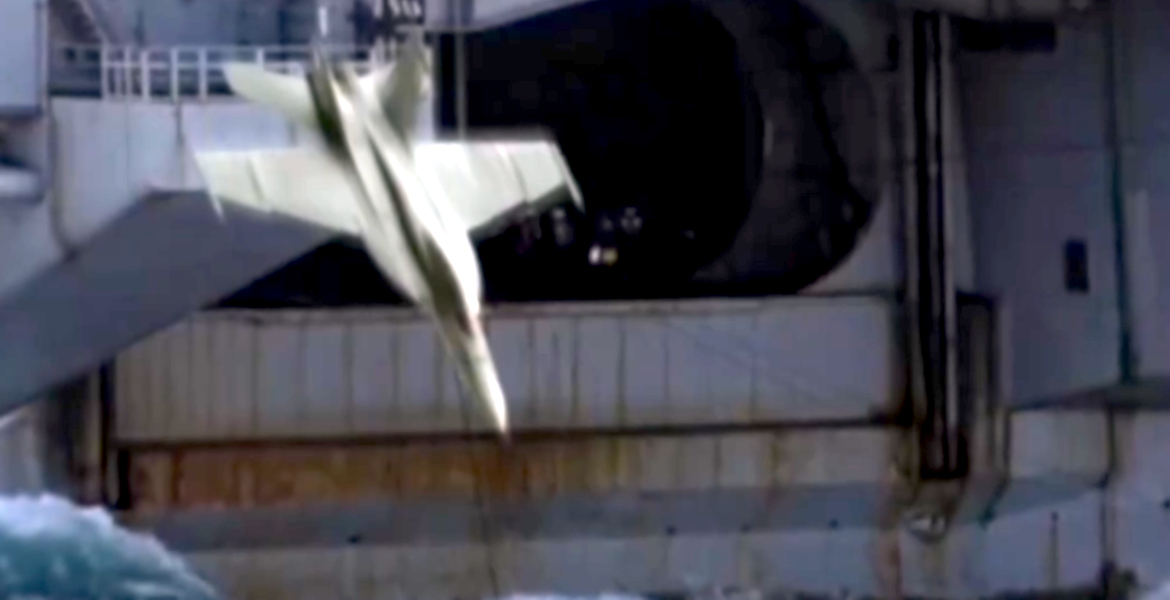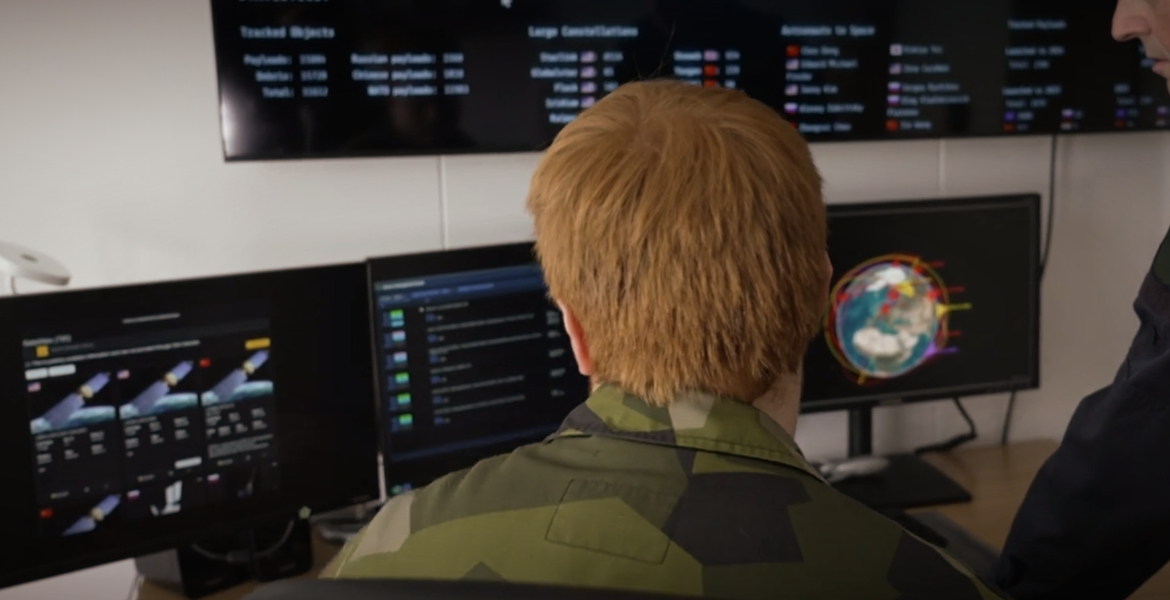The Stockholm International Peace Research Institute (SIPRI) reports that total global defense spending last year was approximately $2,443 billion, an increase of 6.8% over the previous year.
Notably, the United States alone accounts for 37% of global military spending and is the undisputed "number one" on the list - with China and Russia a distant second and third, respectively.
"Global military spending rose for the ninth consecutive year to a record $2,443 billion. For the first time since 2009, military expenditure increased in all five geographical regions defined by SIPRI. Particularly large increases were recorded in Europe, Asia and Oceania, and the Middle East", it notes.
–The unprecedented increase in military spending is a direct response to the deteriorating state of international peace and security. Countries are prioritizing military force, but risk a spiral of action and reaction in the increasingly unstable geopolitical security landscape, warns Nan Tian, researcher in SIPRI's Military Expenditure and Arms Production Programme.
Russia's military spending is estimated to have increased by as much as 24%, reaching $109 billion in 2023. China also continues to invest in its military and is estimated to spend 6% more on defense in 2023 than in the previous year - a total of $296 billion.
As usual, however, it was the United States that spent by far the most money on its military - a whopping $916 billion - or 37% of what all countries in the world spent on their militaries last year.

"The US remains NATO's biggest spender, but the European members' share is growing. In 2023, the 31 NATO members accounted for $1,341 billion in military spending, or 55% of global military spending. US military spending will increase by 2.3% to $916 billion in 2023, accounting for 68% of total NATO military spending", SIPRI notes.
"Fear of conflict"
Ukraine, Japan and a number of countries in the Middle East have also significantly increased their military spending over the year, and Latin America is seeing the same trend.
– The large increase in military spending in the Middle East in 2023 reflects the rapidly changing situation in the region. From the thawing of diplomatic relations between Israel and several Arab countries in recent years to the outbreak of war in Gaza and fears of a region-wide conflict", explains Diego Lopes da Silva, researcher in SIPRI's Military Expenditure and Arms Production Programme.
In Latin America, the military is more often used against the numerous and violent criminal gangs that exist in many countries - a "growing trend in the region for several years", according to SIPRI.
Although the US still accounts for more than a third of the world's total military spending, its dominance has actually declined somewhat - in 2020 it will account for 39% of global military spending. However, it is unlikely that any country will catch up in terms of military spending in the near future.
It should be noted that neither China, Russia, nor Saudi Arabia publish the exact amount of money they spend on their military, so the figures for these countries are based on calculations and estimates.
The countries projected to spend the most and their percentage of total world military spending:
1. The United States - $916 billion (37%)
2. China - $296 billion (12%)
3. Russia - $109 billion (4.5%)
4. India - $83 billion (3.4%)
5. Saudi Arabia - $76 billion (3.1%)
6. United Kingdom - $75 billion (3.1%)
7. Germany - $67 billion (2.7%)
8. Ukraine - $65 billion (2.7%)
9. France - $61 billion (2.5%)
10. Japan - $50 billion (2.1%)
According to the report, Sweden ranks 28th with $8.8 billion or 0.4% of the world's total annual military expenditure.




